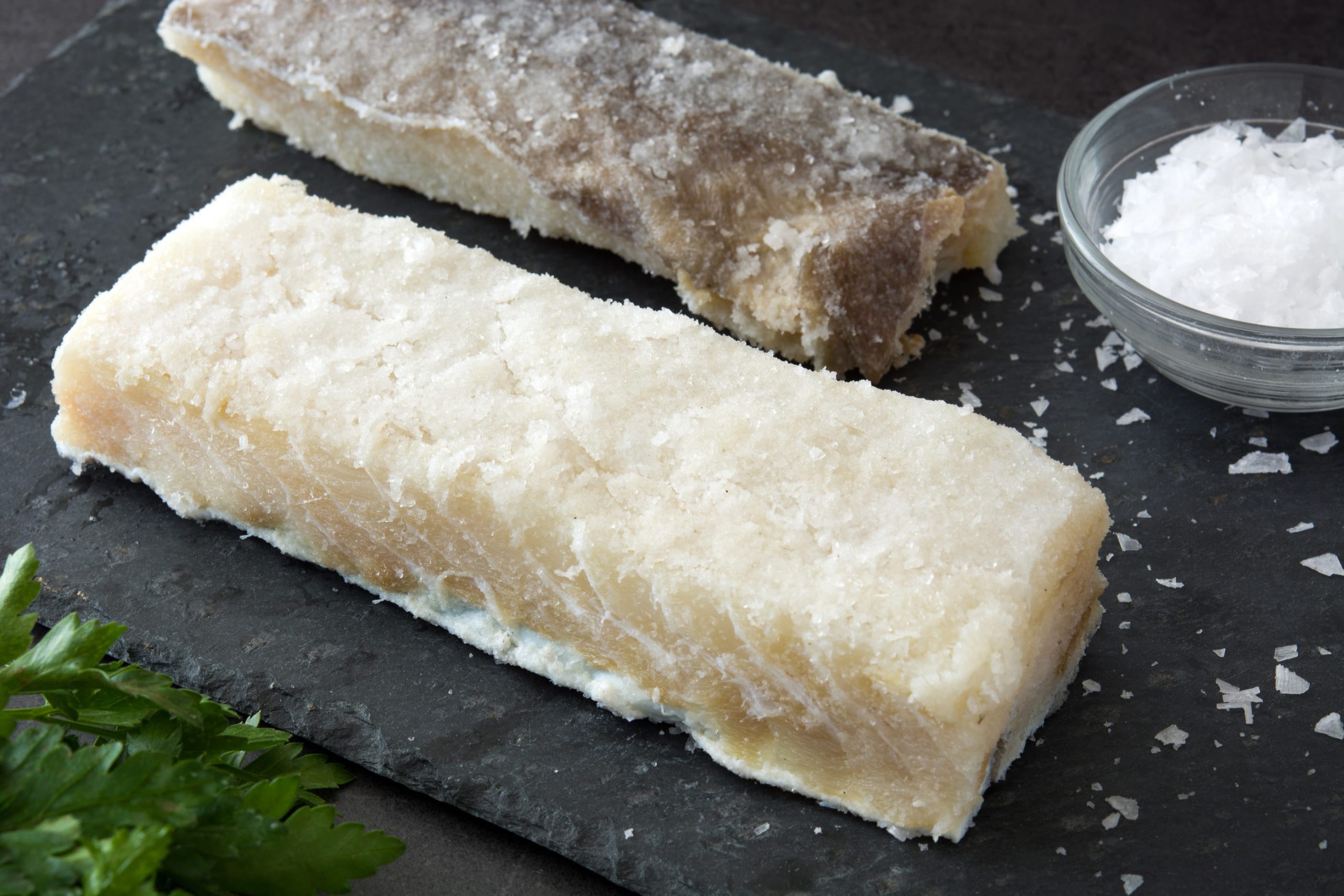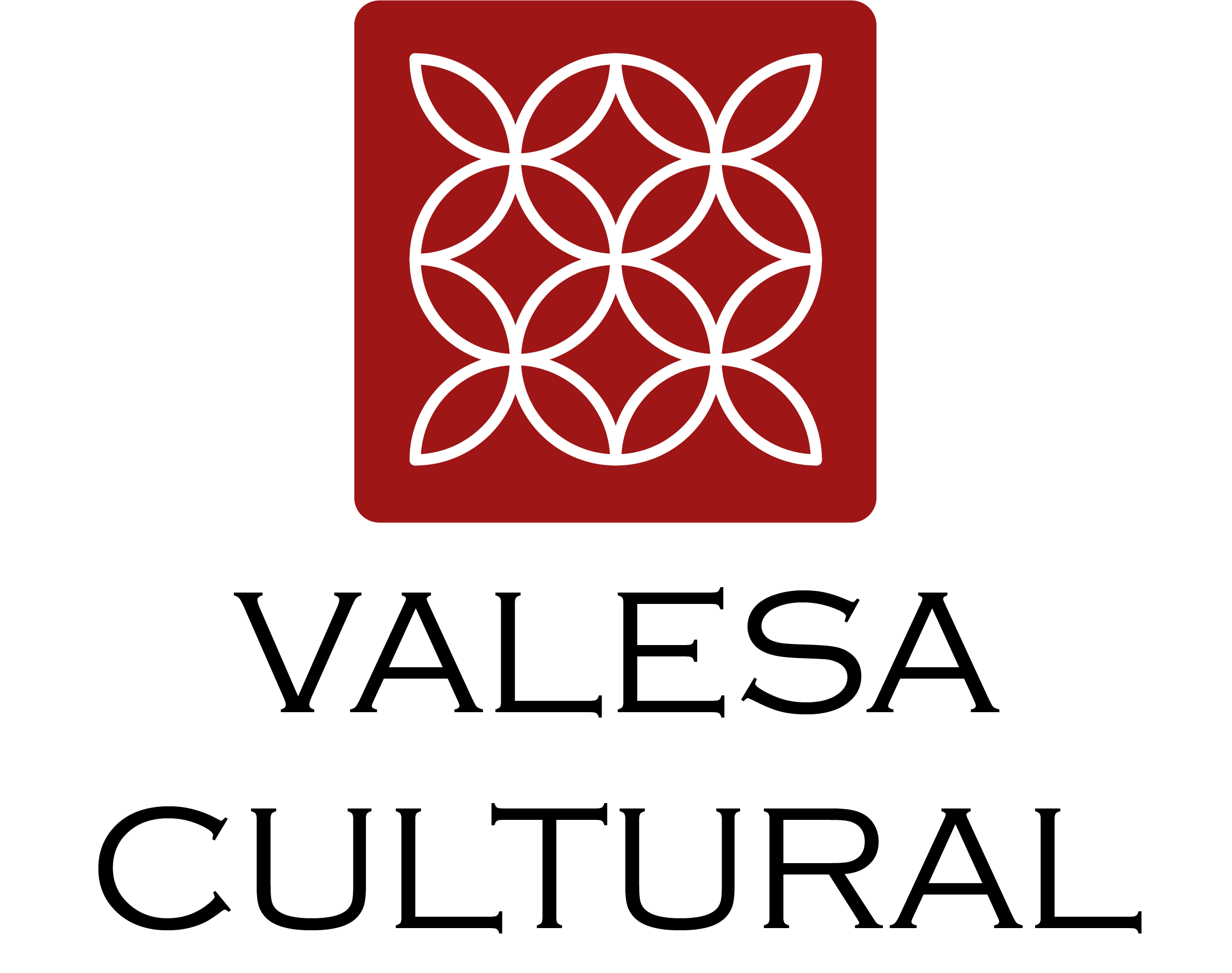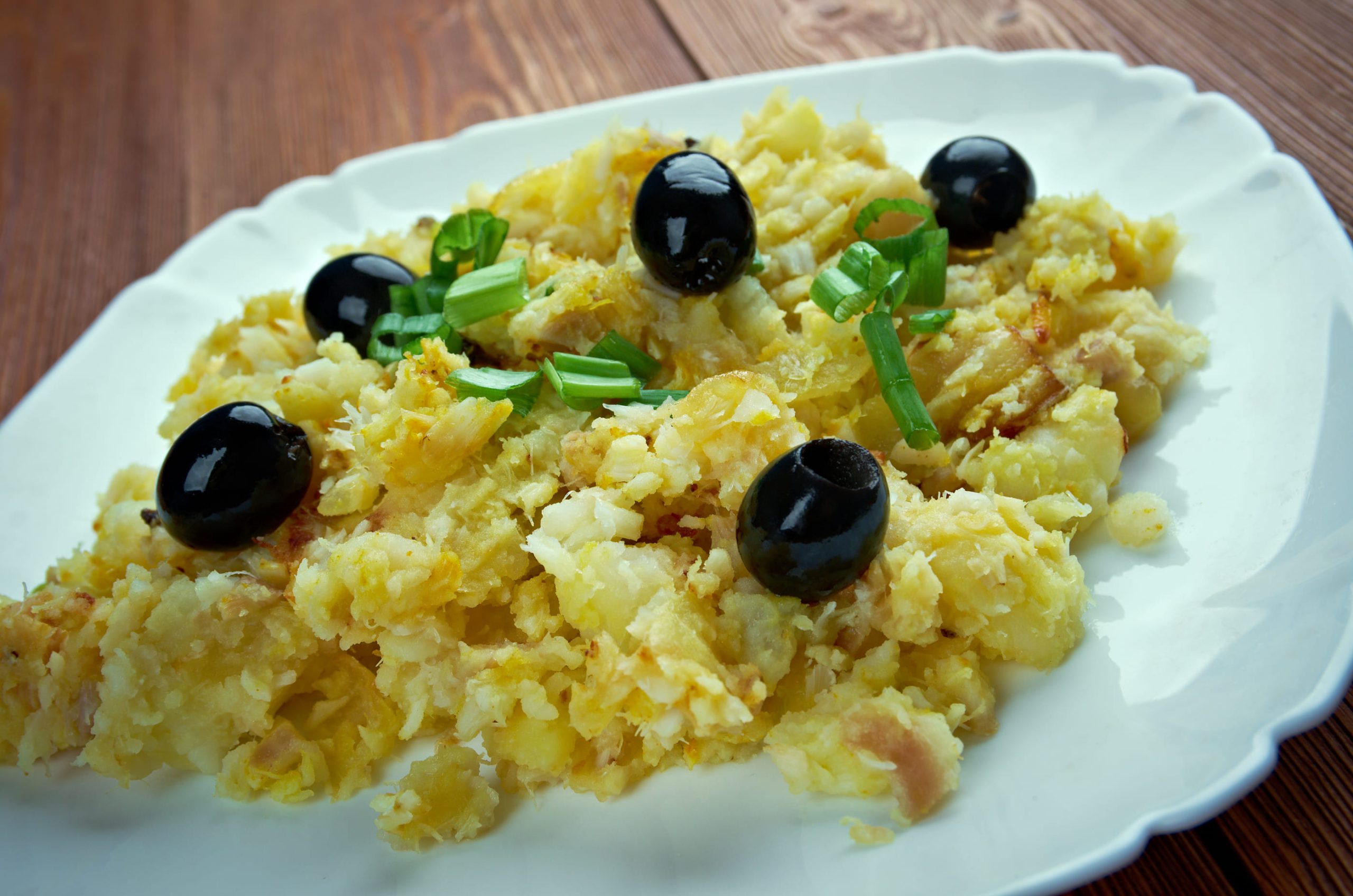Codfish is the symbol of Portuguese cuisine. It is found on every family’s table and is served in every restaurant. Cod is not native to Portuguese waters, however, so how did it become so important here?
The Portuguese began consuming cod in the 14th century when they would trade salt for codfish with England, the country’s oldest remaining trading partner. Later during the age of discovery, the Portuguese stumbled upon the perfect place for cod fishing: Canada. The fish was preserved in salt on the long voyages home and consumption of salted cod quickly spread throughout Portugal as it was plentiful and cheap.


Finally English took over the fishing industry in Canadian waters and Portugal relied on them to import cod here. Prices rose and cod became a luxury. Then, everything changed under the dictatorship of António de Oliveira Salazar starting in 1934. In order to maintain cod as a national symbol, Salazar started the ‘Cod Campaign’ to increase domestic production and many local fishermen were sent off to Canada to fish for cod under harsh and dangerous conditions. Cod prices were fixed at low rates and the fishermen were portrayed as national heroes.
When the dictatorship fell, this harsh fishing campaign came to an end (1970s). Cod was still desired by the Portuguese people and consumption never halted. Today, most cod in Portugal is imported from Norway and 95% of the cod consumed is dried and salted. It’s significance also remains strong due to the Catholic practice of fasting from meat, meaning that fish takes precedence on those days.
There are seemingly infinite ways to prepare ‘bacalhau’: boiled, grilled, fried, in stews, and baked. Portuguese families eat cod on Christmas Eve, when it is baked in the oven and served with boiled cabbage, eggs, and potatoes. This salty, versatile fish will always represent Portugal due to its cultural significance and heritage. It is eaten not just for taste, but also to keep traditions alive.

